Overview
Exploring augmented reality (AR) in architectural projects offers significant benefits, including enhanced visualization, improved client engagement, and streamlined collaboration among stakeholders. The article supports this by detailing how AR allows for real-time interaction with designs, fosters clearer communication, and enables clients to actively participate in decision-making, ultimately leading to more personalized and satisfactory outcomes in architectural development.
Introduction
The advent of augmented reality (AR) is heralding a new era in architectural visualization, fundamentally altering how architects and clients interact with design concepts. By overlaying digital information onto the physical environment, AR transforms traditional rendering methods into immersive experiences that facilitate real-time engagement. This innovative approach not only enhances the understanding of spatial relationships and design intentions but also streamlines communication among stakeholders, ensuring that visions are accurately translated into reality.
As the architectural industry increasingly adopts AR technology, the potential for improved collaboration, efficiency, and client satisfaction becomes evident, setting the stage for a transformative shift in design processes and project outcomes. Through careful exploration of AR’s practical benefits and challenges, this article delves into the myriad ways that this technology is reshaping the architectural landscape, paving the way for a more interactive and effective approach to design development.
Enhancing Architectural Visualization Through Augmented Reality
Augmented reality (AR) is fundamentally changing building visualization by overlaying digital information onto the real world, allowing architects and customers to interact with concepts in a more immersive and engaging way. Unlike traditional 3D renderings or physical models, AR enables real-time interaction with architectural elements, allowing for a nuanced understanding of spatial relationships and intentions. For example, through sophisticated AR applications, users can visualize how a new structure integrates into its existing surroundings, observing the interplay of light within spaces at different times of the day.
This advanced visualization not only enhances refinement but also significantly improves communication between architects and clients, echoing the benefits of preliminary conceptual renderings that provide quick visualization and facilitate informed decision-making. By using AR in conjunction with early-stage renderings, architects can expedite the iterative design process, allowing for multiple revisions and refinements based on feedback. This iterative support is essential for fostering collaboration and ensuring all stakeholders are aligned.
Furthermore, preliminary renderings are cost-effective, focusing on basic shapes and massing, which allows for early-stage exploration without significant financial commitment. As pre-sales visualizations act as a bridge between concept and reality, they enable developers to create interest and investment long before the physical realization of the endeavor. Such clarity promotes informed decision-making, which is essential for achieving successful outcomes.
As the architectural sector progressively adopts these technological advancements, the incorporation of AR reveals the benefits of exploring augmented reality in architectural projects, enhancing both the creative process and client satisfaction, and improving the overall effectiveness of architectural rendering in project development.
Practical Benefits of Augmented Reality in the AEC Sector
In the architecture, engineering, and construction (AEC) sectors, the collaborative rendering process significantly amplifies the benefits of augmented reality (AR) in execution. One of the primary advantages is its capacity to enhance collaboration. AR enables teams to visualize and interact with concepts in real time, irrespective of their physical locations, thereby minimizing misunderstandings and fostering clearer communication among architects, engineers, and contractors.
At J. Scott Smith Visual Designs, our approach starts with initial communication through FAQs and briefs, ensuring we understand your vision and specifications from the outset. This is essential for maximizing time and cost, as supplying clear and prompt information—spanning from detailed construction sets to simple napkin sketches—enables us to create intricate 3D models that accurately represent your intent. Furthermore, AR significantly enhances efficiency by enabling prompt adjustments and feedback during evaluations, effectively reducing timelines.
For instance, construction teams can leverage AR to visualize the integration of various components on-site, which substantially reduces errors and the need for rework. Client engagement is prioritized throughout the rendering process, with early reviews and feedback critical in refining and perfecting the final product. Additionally, AR enhances safety on construction sites by providing workers with real-time information regarding potential hazards and site conditions, creating a safer working environment.
According to recent studies, 70% of organizations either have a digital transformation strategy or are currently working on one, underscoring the relevance of AR in this ongoing shift. Moreover, successful change management in the AEC industry emphasizes strategic planning and fostering a culture of adaptability, which AR supports by integrating seamlessly with other technologies such as labeling, tracking, and sensing. By incorporating AR into their workflows, AEC professionals can achieve superior outcomes while effectively mitigating risks and inefficiencies, ultimately leading to more successful project deliveries.
Improving Client Engagement and Satisfaction
The benefits of exploring augmented reality in architectural projects are evident as it transforms customer engagement throughout the architectural creation process by enabling an interactive visualization experience. This technology enables users to immerse themselves in virtual models, allowing them to explore design options in detail and actively participate in decision-making. Such an approach cultivates a deeper sense of ownership and involvement, as participants can provide immediate feedback that can be seamlessly integrated into the project.
This interactive experience demonstrates the benefits of exploring augmented reality in architectural projects, as it not only enhances customer satisfaction but also minimizes the risk of costly modifications during later stages of construction. For instance, users can navigate through a virtual representation of their future home, making real-time adjustments to layouts or material selections, which ultimately leads to a more personalized and satisfactory outcome. According to recent trends, consumer mobile AR digital goods spending in 2024 is estimated at 1 billion USD, highlighting the financial growth and impact of AR technology.
Moreover, 56% of shoppers affirm that AR enhances their confidence in product quality, demonstrating the broader applicability of AR’s benefits beyond architecture. This sentiment reflects the growing dependence on AR in architecture to enhance customer satisfaction and engagement, showcasing the benefits of exploring augmented reality in architectural projects and establishing a new benchmark for creative processes in 2024. At J. Scott Smith Visual Designs, we recognize that the success of architectural visualization depends on our ability to collaborate effectively with customers.
As one customer shared, ‘The cooperative creation phase allowed us to see our vision come to life in ways we never imagined, and the feedback process was seamless.’ Our testimonials showcase our dedication to excellence through cooperative phases, where iterative renderings based on feedback ensure that every endeavor aligns with their vision. Ready to explore the potential of your architectural ideas?
Partner with us to visualize and validate your ideas with our preliminary renderings. Our past clients have successfully visualized their concepts, leading to projects that truly reflect their aspirations. Contact us today to schedule a consultation and see how we can help bring your design concepts to life.
Facilitating Marketing and Sales Efforts
Augmented reality is revolutionizing marketing and sales within the building industry by highlighting the benefits of exploring augmented reality in architectural projects through interactive and immersive experiences. Through AR, firms can showcase their initiatives in a dynamic manner that captures the attention of potential clients. For instance, real estate developers can leverage AR technology to offer virtual tours of properties currently under construction, enabling prospective buyers to visualize their future residences or commercial spaces in a realistic context.
This innovative strategy not only enhances overall marketing efforts but also distinguishes firms from competitors who may still depend on traditional marketing techniques. Consequently, the implementation of AR in architectural marketing showcases the benefits of exploring augmented reality in architectural projects, which can significantly boost sales figures and strengthen market presence. High-quality renderings, such as those offered by J. Scott Smith Visual Designs, act as a window into the future of endeavors, allowing everyone involved to see the potential and understand the vision behind the blueprints.
The collaborative rendering process begins with:
- Initial communication to understand project goals
- Proposal tailoring to meet specific needs
- Material selection, ensuring that the visuals accurately reflect the design intent
Throughout this process, customer feedback is integral, leading to impressive 3D models that transform architectural dreams into reality.
In competitive markets like San Francisco, CA, and New York, NY, the demand for innovative marketing strategies is paramount, and the integration of AR can enhance engagement, effectiveness, and ultimately, client satisfaction. Clients have praised the attention to detail and the ability to visualize their plans before construction, highlighting how this process has exceeded their expectations.
Challenges and Considerations in Implementing AR
The integration of augmented reality (AR) in architectural endeavors showcases the benefits of exploring augmented reality in architectural projects, presenting considerable advantages along with challenges that firms must navigate carefully. A significant hurdle is the initial investment required for AR technology and software, which can be substantial and necessitate thorough cost analysis. However, providing clear and timely information at the outset can optimize these costs and ensure accuracy in renderings.
For instance, studies predict savings of 1% during the operation phase when AR is effectively utilized. Additionally, ensuring that team members are adequately trained to utilize these advanced tools is critical for effective deployment. As firms incorporate AR into their existing workflows, the encouragement of client feedback and collaboration at every stage becomes vital to align with client vision.
Creating a clear strategy for AR implementation is vital, encompassing the identification of specific use cases and metrics to assess impact on results. A case study that emphasizes the benefits of exploring augmented reality in architectural projects demonstrates its potential to efficiently monitor advancement, ultimately reducing developmental expenditures and curtailing risks. This aligns with our design visualization services, which help transform initial concepts into visual representations, ensuring that all stakeholders are on the same page.
As Apple states, ‘Apple’s Vision Pro stands as a beacon in this transformative journey,’ illustrating the leaps made from the nascent stages of virtual reality to the vast, unexplored vistas that lie before us. By proactively addressing these challenges and emphasizing meticulous detail in renderings, architectural firms can effectively leverage AR, highlighting the benefits of exploring augmented reality in architectural projects to enhance communication, resolve design issues early, and achieve better project results.
Conclusion
The integration of augmented reality (AR) in architectural visualization signifies a pivotal shift in the way design concepts are communicated and experienced. By facilitating real-time interactions, AR enhances the understanding of spatial dynamics and design intentions, allowing architects and clients to engage in a more immersive dialogue. This technology not only streamlines the design process through iterative feedback and refinements but also fosters collaboration among stakeholders, ultimately leading to improved project outcomes.
Moreover, AR’s ability to enhance client engagement is transforming the architectural landscape. Clients are empowered to visualize their future spaces in a highly interactive manner, which cultivates a sense of ownership and satisfaction that is crucial for successful project execution. This level of involvement minimizes the risk of costly modifications later in the construction phase, making AR an invaluable tool in the architect’s arsenal.
However, the adoption of AR is not without its challenges. Initial investment costs and the necessity for adequate training must be carefully considered to ensure effective implementation. By addressing these hurdles and emphasizing a strategic approach to integrating AR, architectural firms can harness its full potential to improve communication, reduce risks, and ultimately elevate the quality of their deliverables.
In conclusion, as the architectural industry embraces AR technology, the implications for design processes, client satisfaction, and overall project success are profound. This innovative approach not only redefines architectural visualization but also sets a new standard for collaboration and engagement in the field. The future of architecture is not just about creating structures; it is about creating experiences that resonate with clients and bring their visions to life.

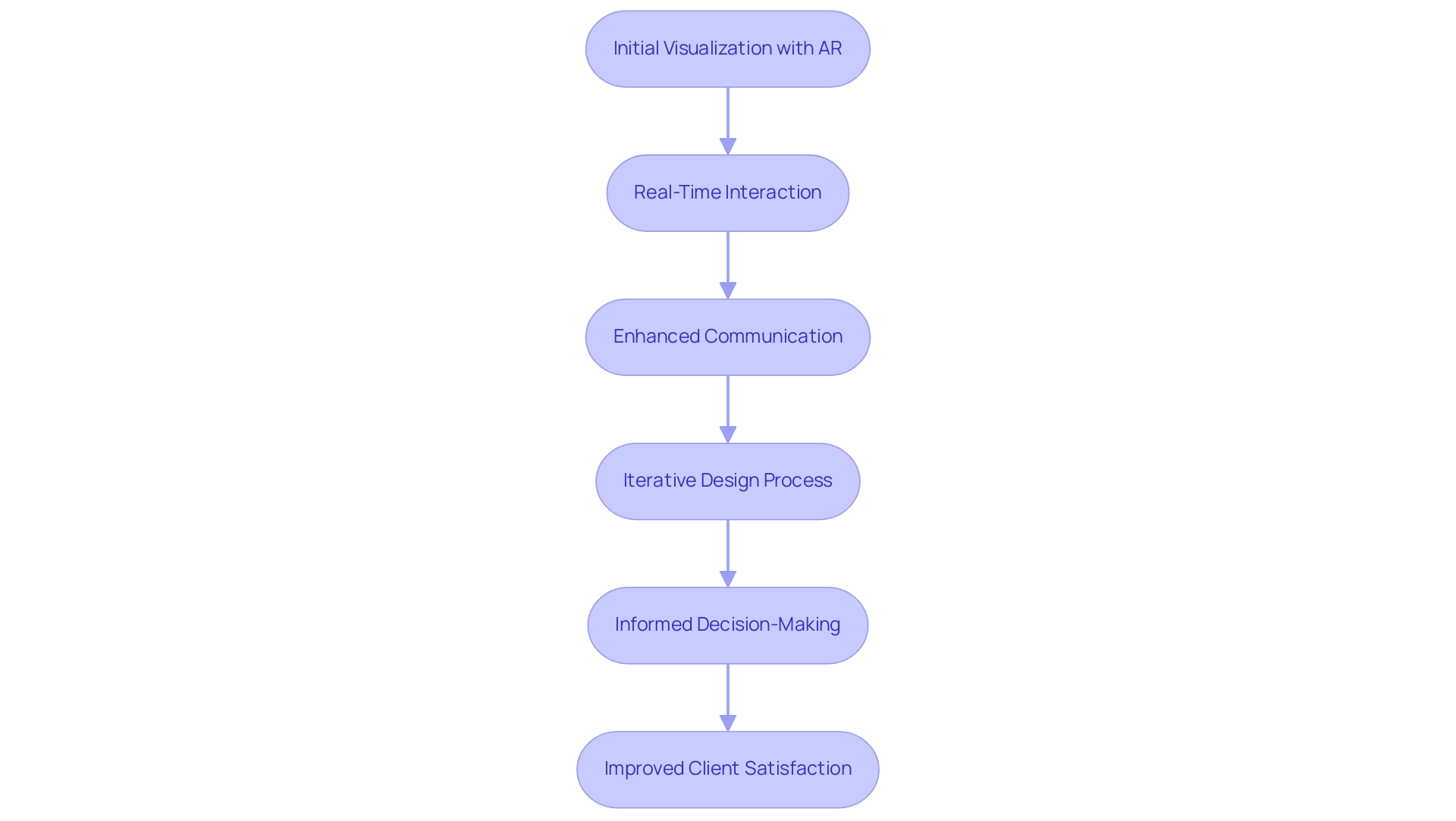
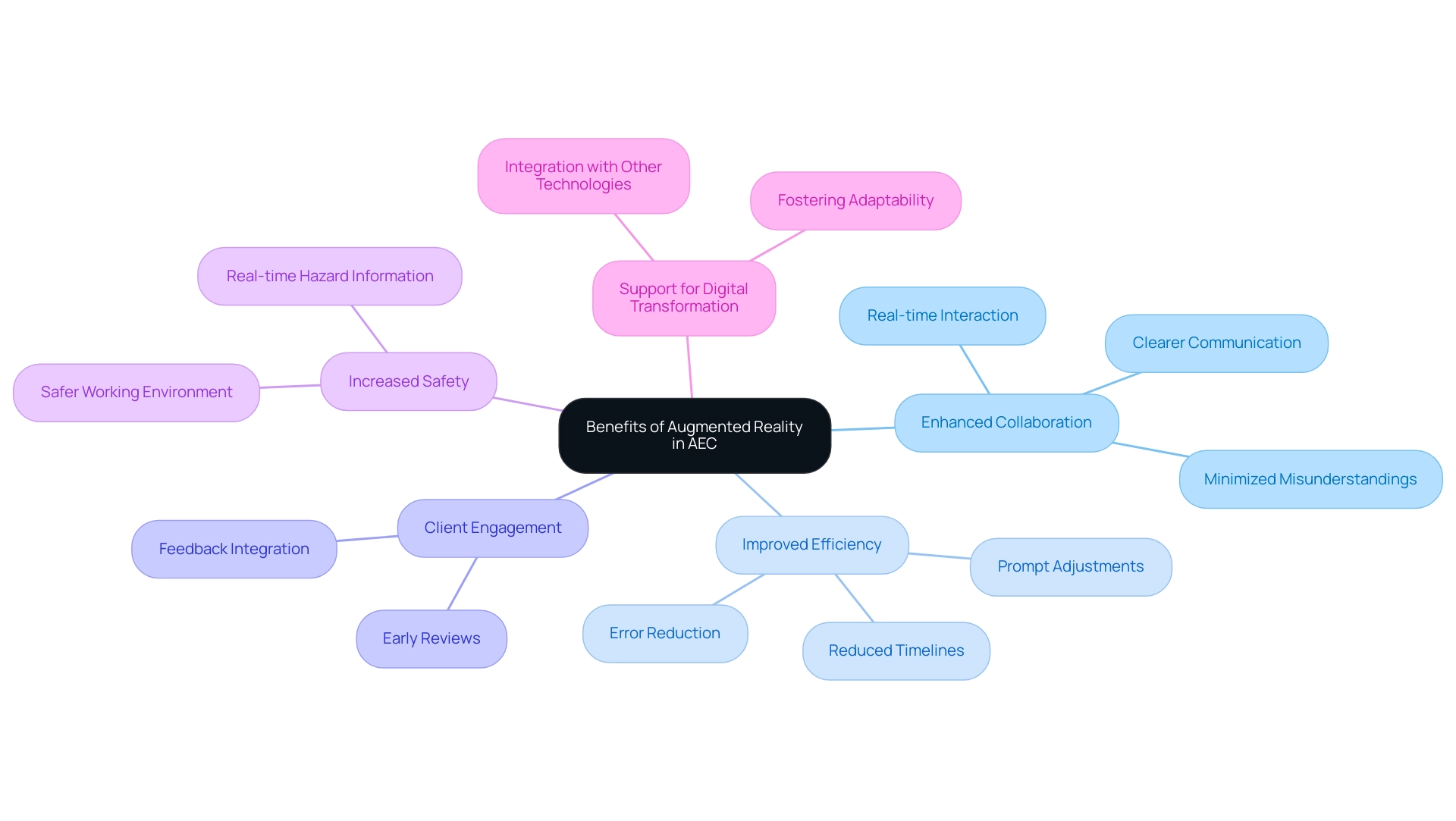
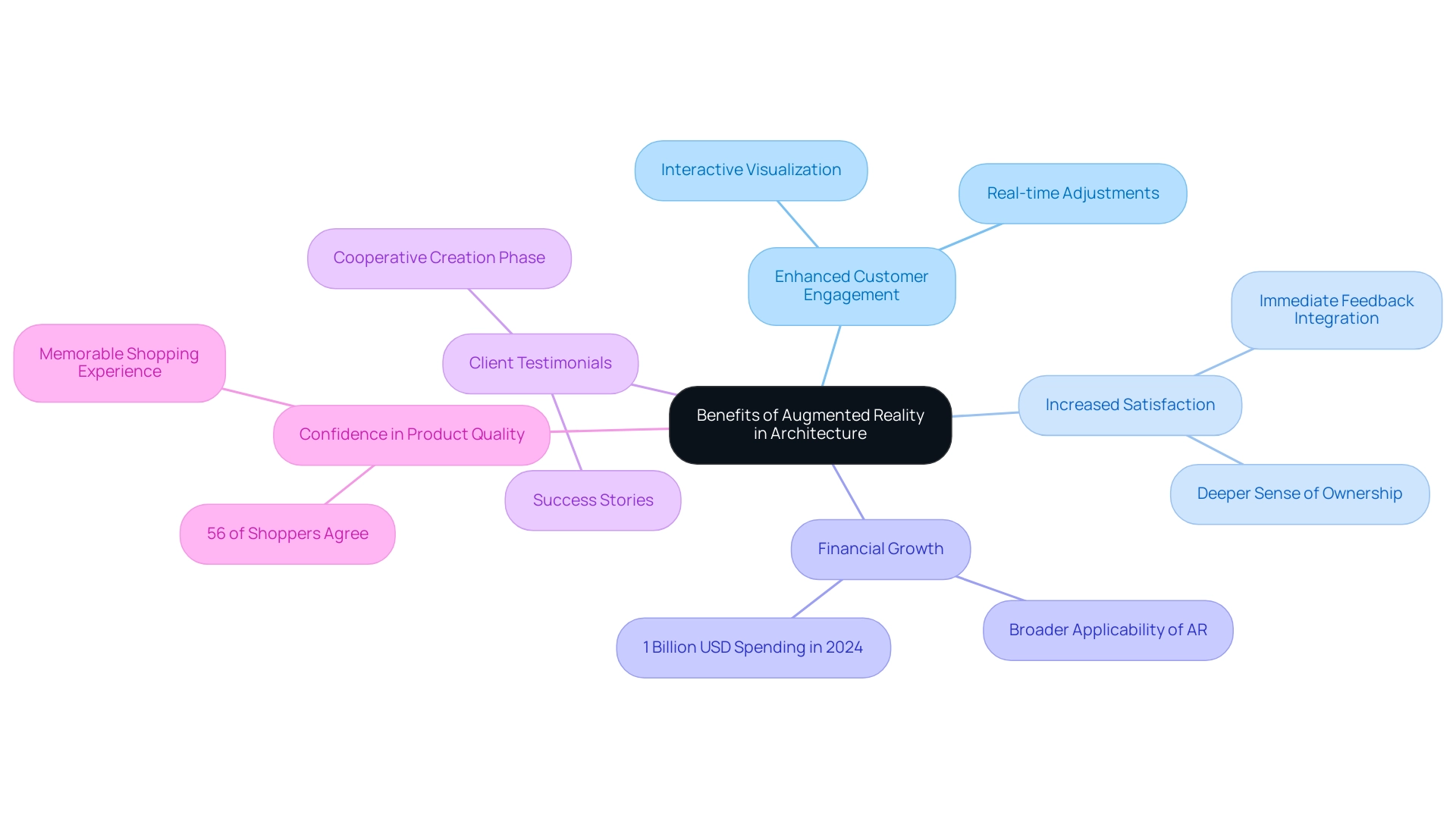
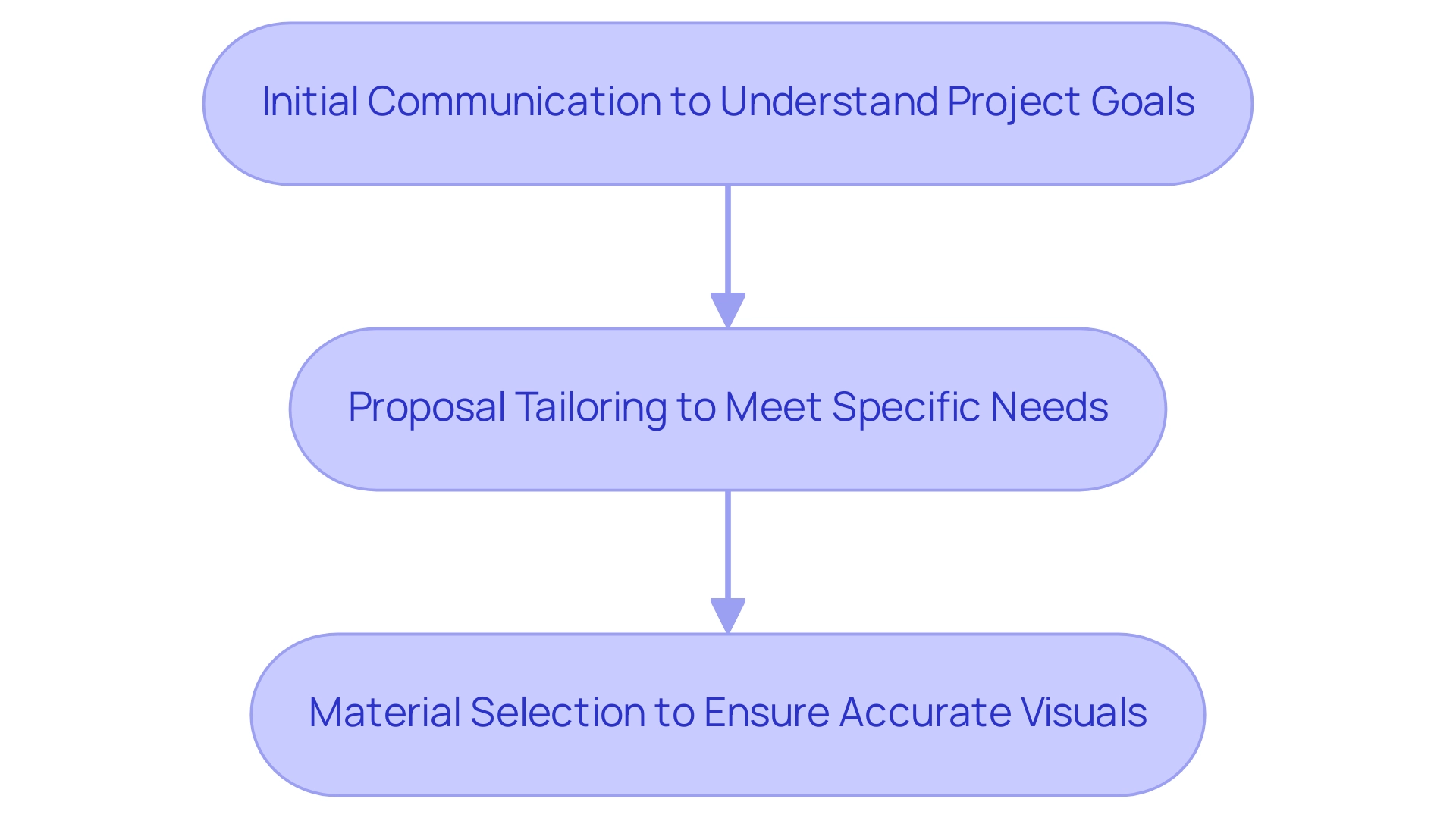
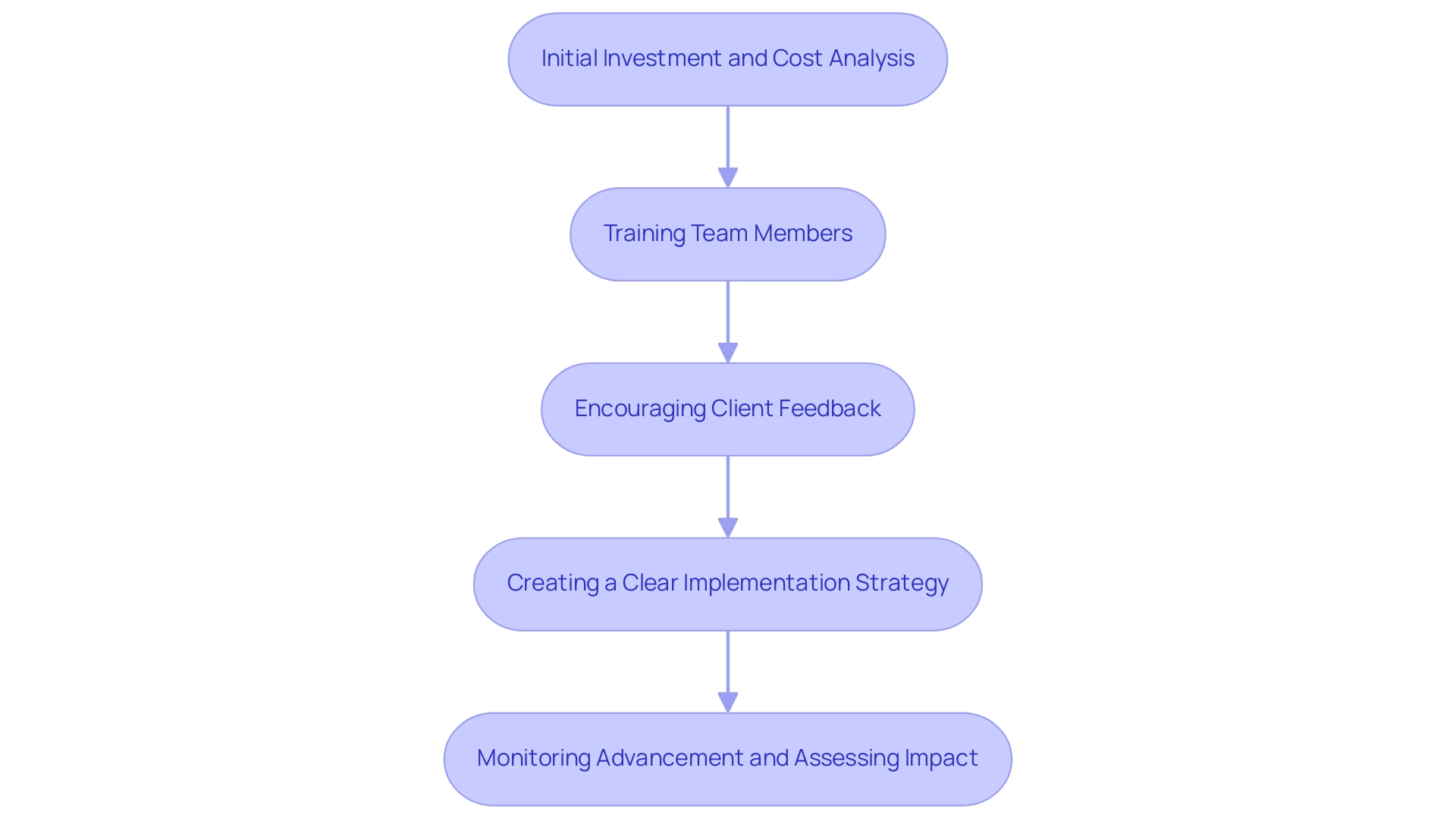
0 Comments